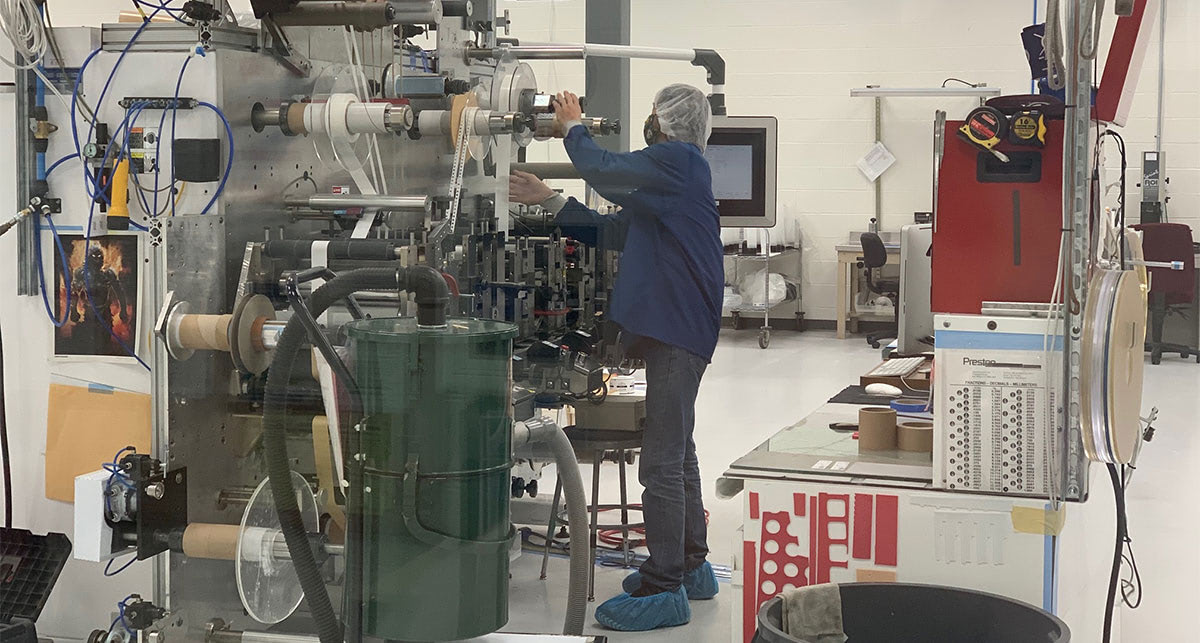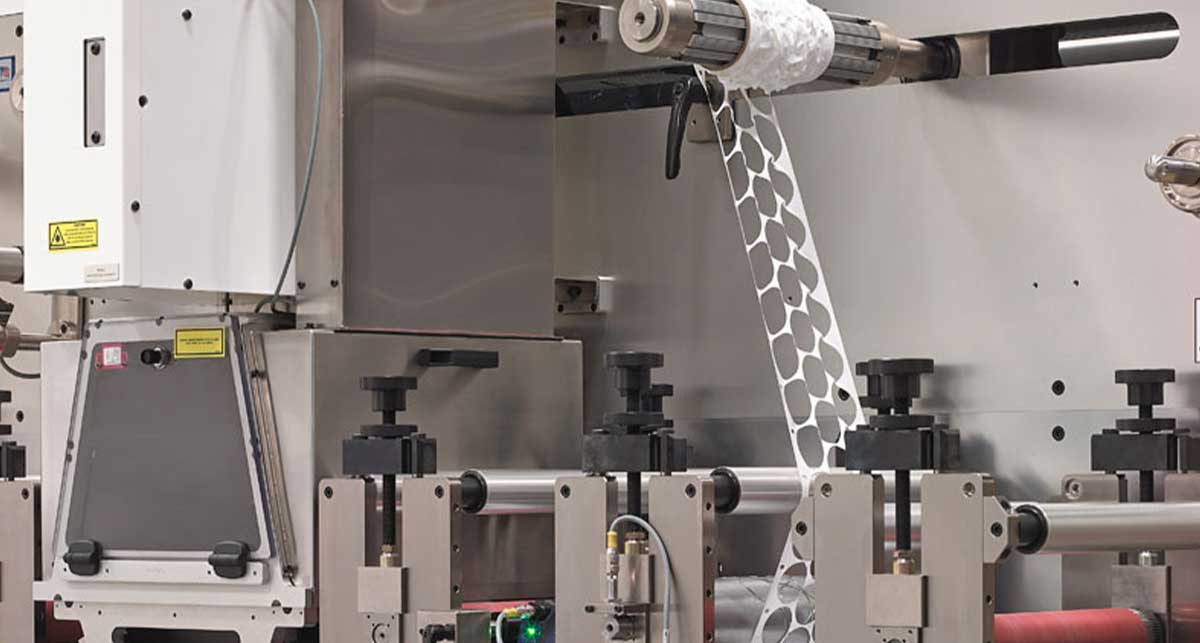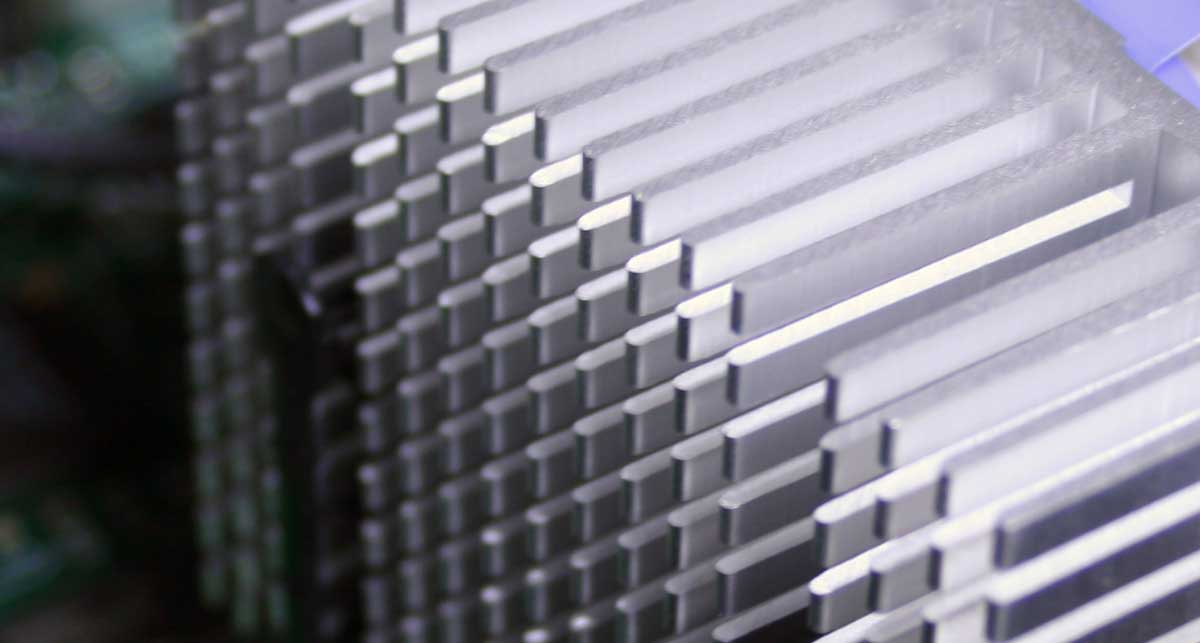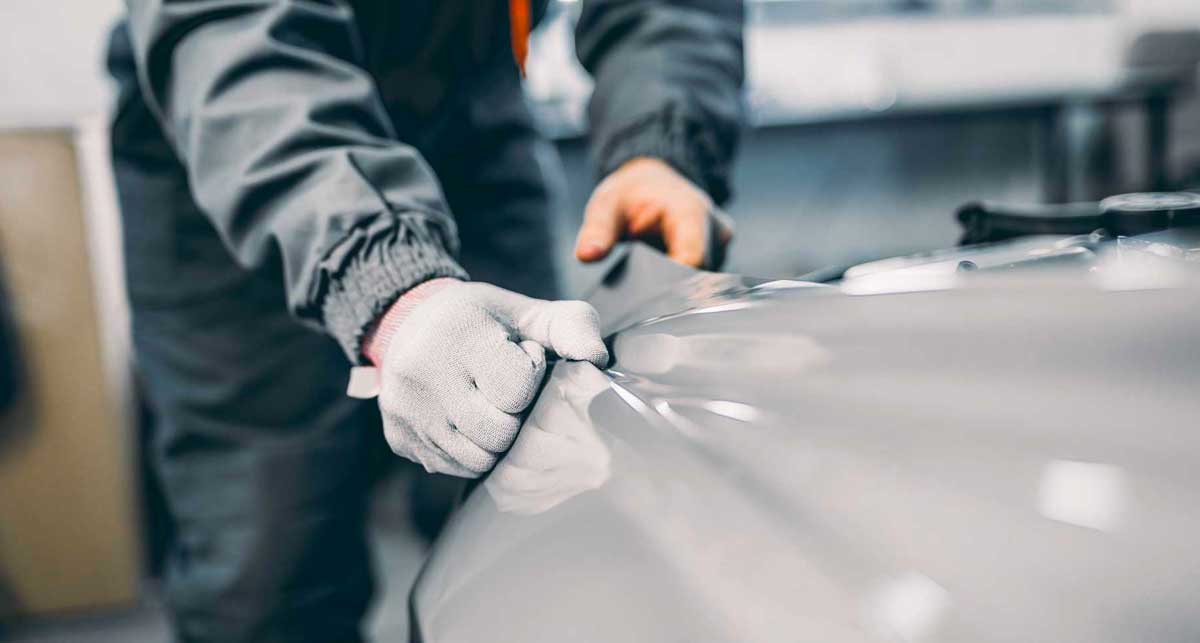Alright. I need to get something off my chest.
I hate this title. It’s not because the title sucks, it’s because of the phrase “PSA adhesive.” Google told me this is a keyword, but what it actually means is “pressure-sensitive adhesive adhesive.” I mean, come on. So, when you see PSA adhesive, don’t shoot the messenger. It wasn’t me, I swear!
With that out of the way, let’s say you choose the wrong pressure-sensitive adhesive. What could go wrong?
You’re probably thinking, “C’mon, it’s just adhesive. How significant could the consequences possibly be?” Yet, adhesive failure can lead to accidents, product delays, setbacks, and other unfortunate outcomes.
As a flexible material converter, we’ve heard many adhesive horror stories. While other companies promise endless success, we hope to provide some wisdom by sharing the consequences of rushing into your adhesive choice.
Let’s discuss what causes PSA adhesive failure so you can avoid it.
What Causes PSA Adhesive Failure?
Pressure-sensitive adhesives (PSAs) are not “just adhesive,” they’re vital to a product’s short- and long-term success. It’s relatively easy to tell when a PSA fails; the adhesive no longer bonds to the surface(s). However, it’s not always clear why the failure happened.
There are two types of adhesive failure: adhesive and cohesive.
Adhesion: the strength of the adhesive to the surface to which it sticks (the substrate). This is object-to-object interaction.
Cohesion: the strength of the adhesive itself or the strength of its own stickiness (not how well it sticks to a substrate).
Either adhesion or cohesion failure can be caused by:
- Wrong adhesive
• Inadequate surface preparation
• Improper application
• Unconsidered environmental factors
• Stress
Real-world Examples of Adhesive Failure
It’s one thing to picture adhesive failure hypotheticals and another to read about real situations. The following examples will help you understand the stakes.
THE $30 MILLION MISTAKE
New products were shipped to Brazil but held in customs for two weeks. Heat and humidity tests were not conducted before shipping and, when crates were finally opened, the product’s adhesive had failed entirely.
8 MONTHS WASTED
After months of new product development, a company successfully ran samples through testing. However, the adhesive would not work during manufacturing in the dispensers selected. A new adhesive had to be found and tested, costing millions of dollars and wasting eight months’ worth of work.
THE SAD HOLIDAY
A large home gaming console manufacturer (85% of the market at the time) accelerated a new product launch before the holidays. Proper testing of an adhesive was done late, causing the product to ship eight days late and miss the heart of the holiday buying rush.
How To Prevent PSA Adhesive Failure
Many adhesive failures can be prevented by conducting the proper tests before manufacturing. Any reputable converter builds in time to run tests as close to a real-world application as a test can get.
Equipment validation is needed to properly test for quality assurance in the highly regulated medical device industry.
The three most common sets of protocols are Installation Qualification (IQ), Operational Qualification (OQ), and Performance Qualification (PQ).
- IQ validates that all equipment is in good working order. Everything has been installed and configured correctly (according to the manufacturer’s specifications), and all information is documented in the Validation Master Plan (VMP).
- After meeting IQ protocols, OQ determines equipment limits based on manufacturer-specified operating ranges. Equipment features that impact product quality must be identified and inspected.
- PQ involves verifying and documenting that the equipment operates correctly within simulated real-world conditions. Instead of testing components one at a time, PQ tests them all as an overall process.
Using Your Converter to Avoid Adhesive Failure
While the converter might not design a medical device, they can build it.
With that distinction in mind, a converter must ask the right questions about that particular medical device and provide options that fulfill that need, meet budget constraints, and lead to success.
It’s the converter’s role to help you find adhesives that will perform best within the designed parameters of the application based on material knowledge and experience. Converting engineers testing that solution is part of that process.
Ultimately, it’s the manufacturer’s responsibility to validate adhesive parts. Determining an adhesion solution’s success in the field is the only way to know if it will withstand its forces in a particular environment.
A flexible material converter should also go beyond identifying potential challenges and recommending adhesives. Sometimes, converters must find creative ways to manufacture solutions that efficiently get die-cut adhesives onto parts. In other words, the adhesive may not be the problem, but the configuration.
For example, a liner on the wrong side of a differential double sided tape could be challenging to manufacture, increasing labor and costs. Or the adhesive is not releasing correctly from the liner, peeling off one side faster than the other. The adhesive could be acceptable, but the configuration is causing the failure.
Here’s another example of failure due to other components: A proven and successful product suddenly started failing when the OEM changed its non-woven material, which was not communicated to the converter. The adhesive that was used successfully for years didn't stick to the new material. It’s important to remember that some adhesives are so highly engineered that they'll stick to one material but not another, even one plastic but not another plastic.
Adhesives are a crucial part of the product creation process.
When an experienced converter is involved in the design process early enough, proper attention is given to the adhesive, the right tests are run, and the application has a greater chance of success.
The Consequences of Using the Wrong PSA
Choosing the wrong adhesive can have ramifications both immediately and down the line.
Let’s stick with the medical device example. The OEM applies for FDA approval, showing the details of the medical device (including materials, drawings, etc.) and explaining how this is either similar to a current one or that the new design is safe for users.
Suppose the wrong adhesive is specified, yet only discovered when the device is manufactured. In that case, it’s necessary to go back and find a new adhesive, make new drawings, and get new FDA approval. That’s a lot of time and money wasted, not to mention damage to brand reputation and market share, all because the right adhesive wasn’t selected early on.
Getting to market six months later than the competition while blowing the budget is the kind of performance that results in job losses, which no one wants to face.
Why Does it Matter?
Too often, one of the final steps is choosing an adhesive— yet finding your adhesive last is a mistake.
You’ve invested significant time and effort into designing and developing a new product, but choosing the wrong adhesive can easily have a ripple effect:
Time/money wasted the first round of product → cost of using new adhesive bonding materials → lost market share → missed revenue opportunity → damaged reputation → job loss.
You can see how having to change your final design is more burdensome, not to mention more expensive than making it right the first time.
Instead of waiting to make product corrections, do your adhesive due diligence early in the process. Ask a converter to evaluate your design or prepare for your design phase more using the resources in our Learning Center.
Originally published: May 12, 2021






